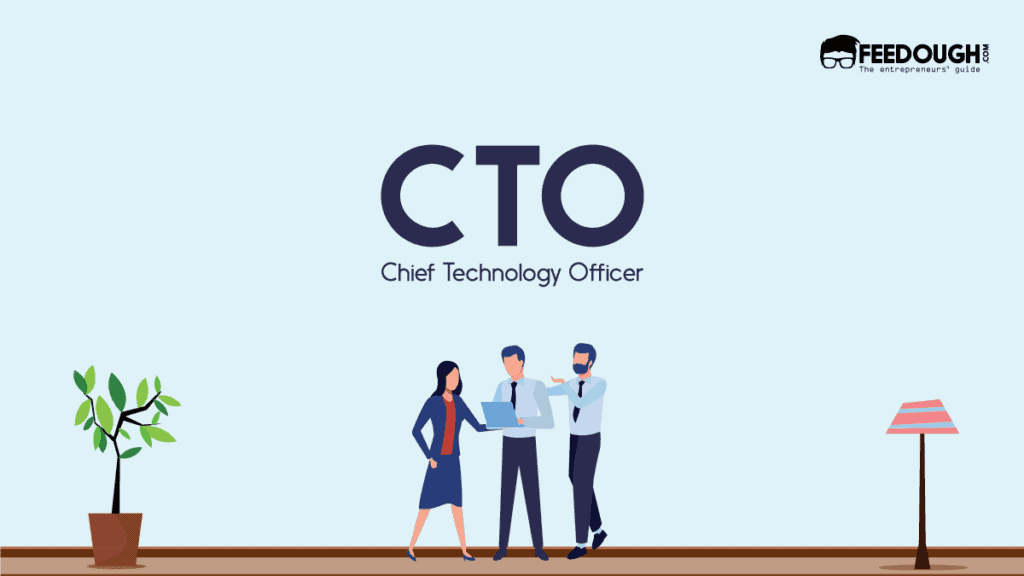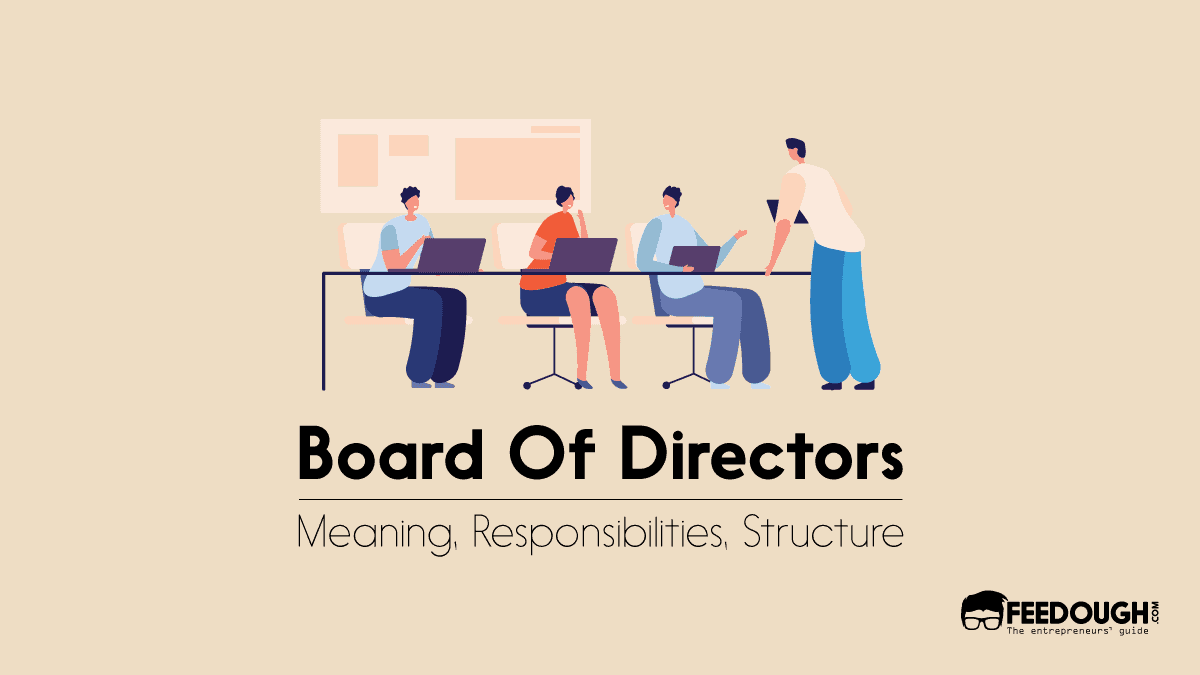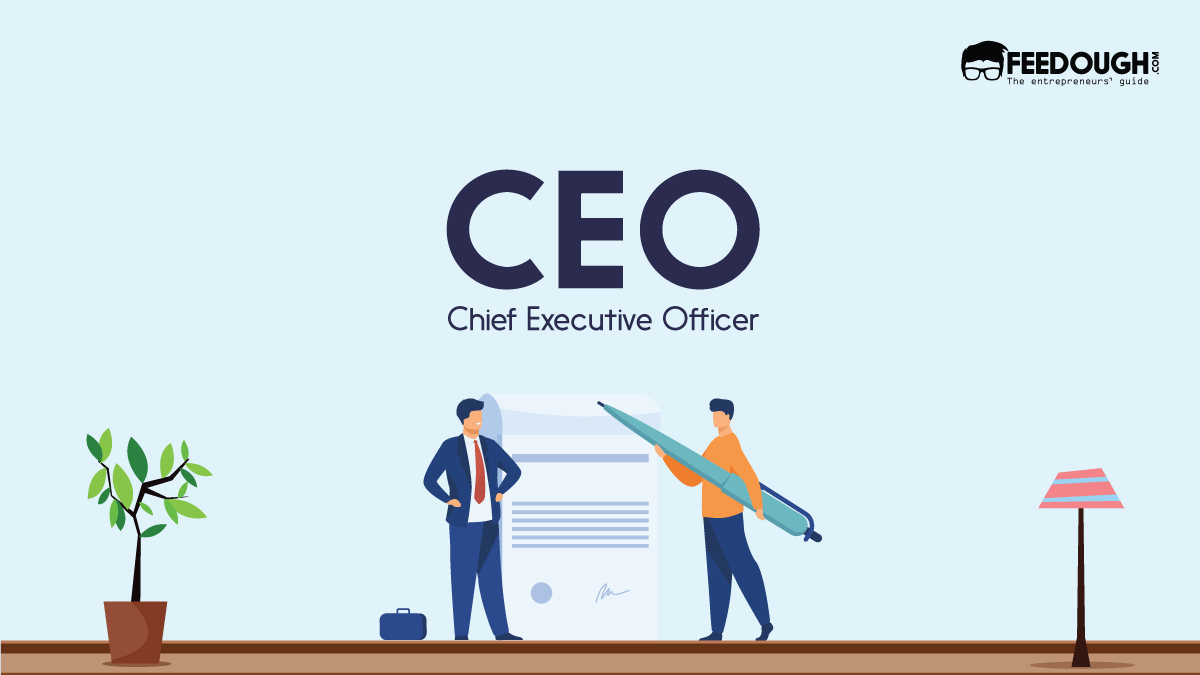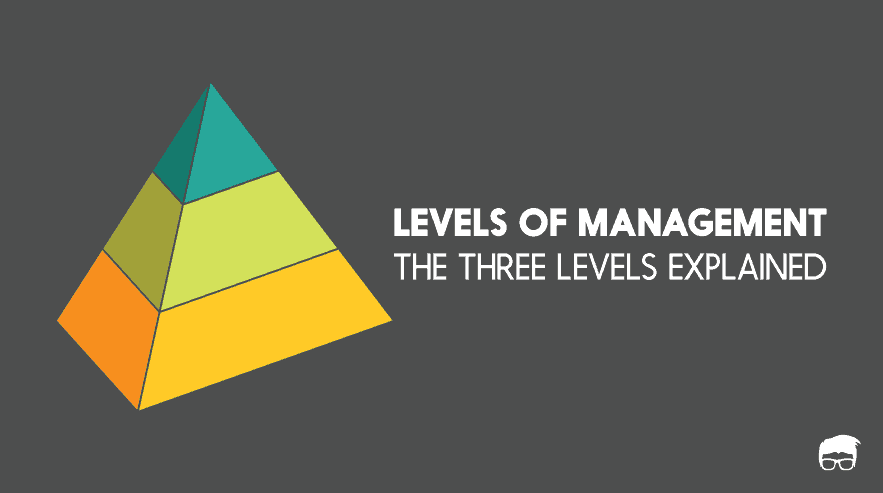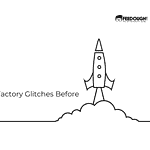Every company has a C-suite leading it. This C-suite or chief-suite constitutes the senior-most executives responsible for the core strategic direction of the organisation.
One of the members of this C-suite is the chief technology officer (CTO) who handles all the technical priorities of the company. He is responsible for the technology infrastructure of the organisation and makes sure to fulfil the short term and long term technology needs of the organisation.
But the definition of CTO and his roles are not limited to this. Since it is an executive-level position, there are a lot more responsibilities on CTO’s shoulder.
Here is a guide explaining the CTO’s roles and responsibilities, the skills required to become a CTO, his salary, and the famous CTOs of all time.
Who is a CTO?
A chief technology officer (CTO), also called chief technical officer or chief technologist, is a chief-level executive in charge of the company’s technological priorities, infrastructure, and R&D.
This executive holds the highest post in the technological department and is responsible to:
- Set technical vision of the business and lead the technological department,
- Examine the organisation’s short-term and long-term technology needs and makes investments to help the company reach its goals,
- Make technology-related decisions on the behalf of the company.
A CTO plays an integral role in a business. Take Gerri Martin-Flickinger, the CTO of Starbucks, for example. She led the development of the company’s mobile ordering system, while also having had managed the development of voice ordering and social gifting. This strategy worked wonders for the company’s business-customer relationship.
A chief technology officer reports directly to the chief executive officer (CEO) – the individual who heads the entire business.
What Does A CTO Do?
A few decades ago, chief technology officers were only famous with dot com or tech companies. The recent growth of the internet, smartphones, and user-intent based offerings has substantially increased a CTO’s role in other organisations as well.
Today, the role of CTO grew exponentially in industries like healthcare, corporate, telecommunications eCommerce, and even retail.
They are known as the “growth hackers” of an organisation because they are responsible for changing and handling a company’s technicalities through innovative tech ideas.
The functions, roles, and duties of a chief technology officer vary according to the company and its nature. It includes:
- Developing a long-term technical strategy: CTOs effectively and continually ensure that the company is going in the right technological direction. They ensure that the company has the right technical offering and an excellent technical vision to keep it afloat in the tech-powered competitive space.
- Technological innovation: CTOs are responsible for making amendments to the offering’s technical aspects depending upon what’s needed presently or will be in demand in future. The do this by putting efforts in research and development, quality assurance, and product testing.
- Business transformation: CTOs are in charge of making changes in the business’s technology to align it with its objectives better.
- Leadership and management: CTOs are essentially the face of a company’s technological department. They manage employees working under them, are accountable for their actions, and even pose as role models to them. Besides this, they also provide options to the CEO about the possible technologies that the company can employ to fulfil a particular need. Additionally, they lay down the cost of this technology.
- Optimisation of internal tech infrastructure: The efficiency of the technology employed internally plays a significant role in determining a business’s growth. The CTO is responsible for the optimisation of the internal business operation processes using technology.
Types of CTO
The nature of the role of a CTO differs from business to business. Access Alto identified four broad categories of CTO:
- Infrastructure leader: The CTO is responsible for the data, maintenance, security and network of a business. A CTO of this type also is incharge of the technological roadmap of business.
- Technology Planner: Conceptualises and forms a business’s technical strategy while keeping the business’s objectives in mind.
- Consumer-focused: Focuses on delivering customer excellence and plays the integral role of a channel between the business and the customer. Aims to smoothen consumer experience in UI and UX.
- Great Thinker: Thinks out of the box and aims to stretch the boundaries of how the business employs technology. This also means that a CTO of this type plays an integral role in setting the business strategy. This involves creation of new technology and examining target market thoroughly.
Average Salary of a CTO
In 2020, the average salary of a CTO in the USA stood at $161,525.
The bottom end of the salary range of a CTO was seen to be $96,915, while a CTO positioned at the top end of the salary range earns $350,510.
Additionally, the average annual bonus and benefits that a CTO receives is $11,307.
In India, the average base salary of a CTO is ₹2,979,000 per year.
In the UK, the average base salary of a CTO is around £94,783, while in Australia, it is AU$156,070.
Examples of famous CTOs
Below are examples of famous CTOs who contributed significantly to the success of the business:
Mark Russinovich, CTO of Microsoft Azure

Mark was responsible for the scaling up of Microsoft’s global cloud computing business. Moreover, he contributed significantly to the tech community through education, promotion, and community engagement.
Aristotle Balogh, CTO of Airbnb
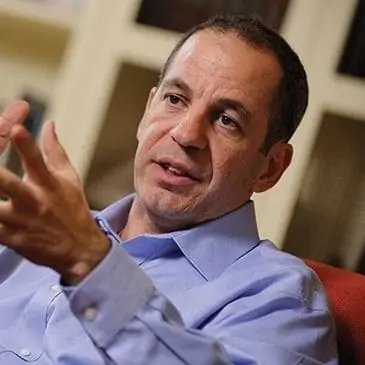
Aristotle Balogh transformed the Airbnb platform into an AI-backed, customer-first experience. His main focus was creating a smooth design which would form connections within communities. This facilitated the creation of a truly immersive and personalised search experience for their customers.
Rathi Murthy, CTO of Verizon Media

Rathi Murthy is the woman behind the company’s global media strategy. Murthy also oversees the company’s aim to innovate media applications for upcoming technologies – like extended reality, Artificial Intelligence, machine learning, and 5G.
CTO vs. CIO
A CIO or chief information officer and CTO (chief technology officer) are core executives managing different organisation departments. CIO looks onto the internal matters and IT sector of a company. On the other hand, CTO deals with external technical affairs to improvise the company’s services.
Few key differences between CTO and CIO are-
- CTO work on the technical infrastructure to gain potential growth in marketability and scalability of a product. In contrast, CIO heads the internal affairs and plans the strategy to improvise the IT department.
- CTO improves the social presence of the company by leading various technology related summits and seminars. In contrast, the CIO looks after the potential business partners to increase sales and gain new projects for the company.
- CTO ensures that technologies are used efficiently and securely. In contrast, CIO improves the Collaborating process with ISPs and vendors to drive productivity.
Go On, Tell Us What You Think!
Did we miss something? Come on! Tell us what you think about our article on chief technology officer in the comments section.
A startup enthusiast who enjoys reading about successful entrepreneurs and writing about topics that involve the study of different markets.
